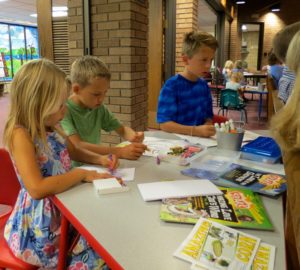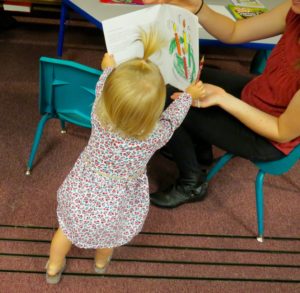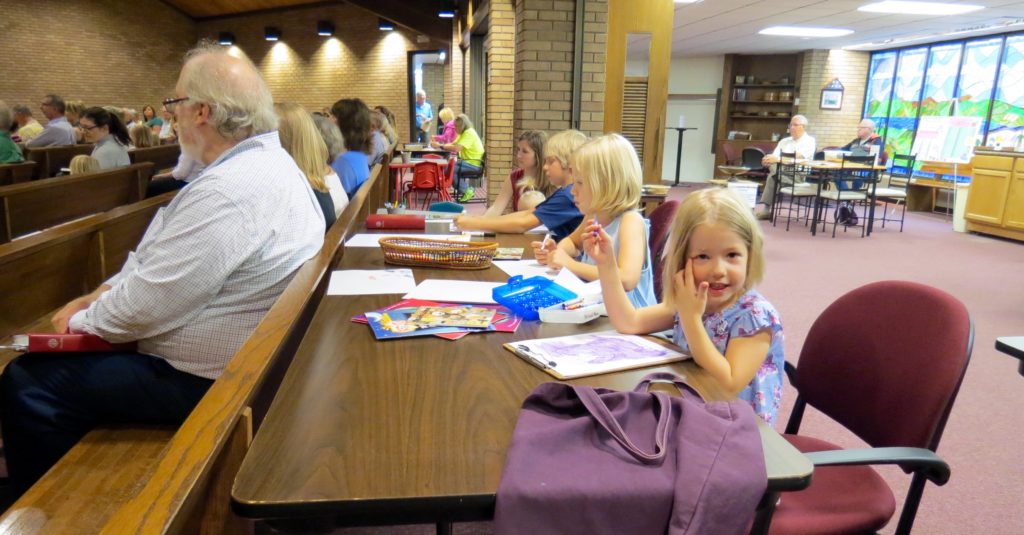Today’s post is from Ben Blobaum, Program Director at the Inside Out Network in Chicago, IL.
Prisons are places where profound spiritual growth is occurring. In fact, many men and women in prison are thriving spiritually, their faith tested and forged in the crucible of incarceration. For those inmates who allow the experience to pierce their illusions of self-sufficiency, incarceration holds up a mirror, exposing one’s truest and deepest need: mercy. Many turn to Jesus with that explicit plea.
By its announcement of God’s mercy, the gospel of Jesus Christ sets the captives free. Paradoxically, some of the freest people I have ever met are currently locked in prison cells. Though physically confined, their hearts and spirits soar, weightless, into the unending expanse of the infinite God. Doxological worship is the natural expression of one who has been set free.
Who, having received of the riches of God’s grace, can keep from singing?
Worship is not only a response to freedom in Christ; it is a necessary condition for it, if freedom is to be sustained. Volunteers from local congregations can play a vital role in the life of the church “on the inside,” by leading even simple elements of worship, incorporating Scripture, prayer, and song. The principle aim is to develop a format that nearly anyone in your congregation is capable to lead. Musical instruments can be a nice touch, but they are optional (it’s easier to clear security without them anyway). Leading songs a cappella in call-and-response fashion is really quite effective, and, logistically efficient, as it eliminates the need for distribution of lyric sheets.
Many prisoners know both their deep need for mercy and the extravagant abundance of which they have received.
Experience and know-how are not essential (both will develop over time); the key imperative is a willing heart. Worship is our response (prayer and song) to God’s Word (Scripture). Music, especially, is uniquely able to invoke and elevate the human spirit, expressing what is beyond the reach of spoken words. Many prisoners know both their deep need for mercy and the extravagant abundance of which they have received. Should you have the privilege of participating in, or leading, worship with prisoners, just wait ‘til you hear them sing!
If you or others from your congregation are interested in the opportunity to lead worship in a correctional setting, or if you would like to learn more about prison ministry and visitation, please feel free to contact Ben Blobaum or Pastor Fred Nelson of Inside Out Network (ION). Inside Out Network is a congregation-based prison and re-entry ministry in Chicago that seeks to address the missed connection between “returning citizens” and the local church. Or, to connect with a prison ministry in your area, contact your synod office, or your local Prison Fellowship representative.

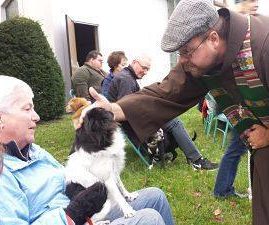 Good Shepherd Lutheran Church is nestled in the heart of Vermont’s Green Mountains in the small city of Rutland. Just downhill from ski areas like Killington and Pico, and a short drive from beautiful glacial lakes and the southern reaches of Lake Champlain, this picturesque community is surrounded by forest, farms and an array of wildlife. I like to imagine that it’s not that different from the hilly region that Francis of Assisi called home when he was called to rejuvenate the Church.
Good Shepherd Lutheran Church is nestled in the heart of Vermont’s Green Mountains in the small city of Rutland. Just downhill from ski areas like Killington and Pico, and a short drive from beautiful glacial lakes and the southern reaches of Lake Champlain, this picturesque community is surrounded by forest, farms and an array of wildlife. I like to imagine that it’s not that different from the hilly region that Francis of Assisi called home when he was called to rejuvenate the Church.
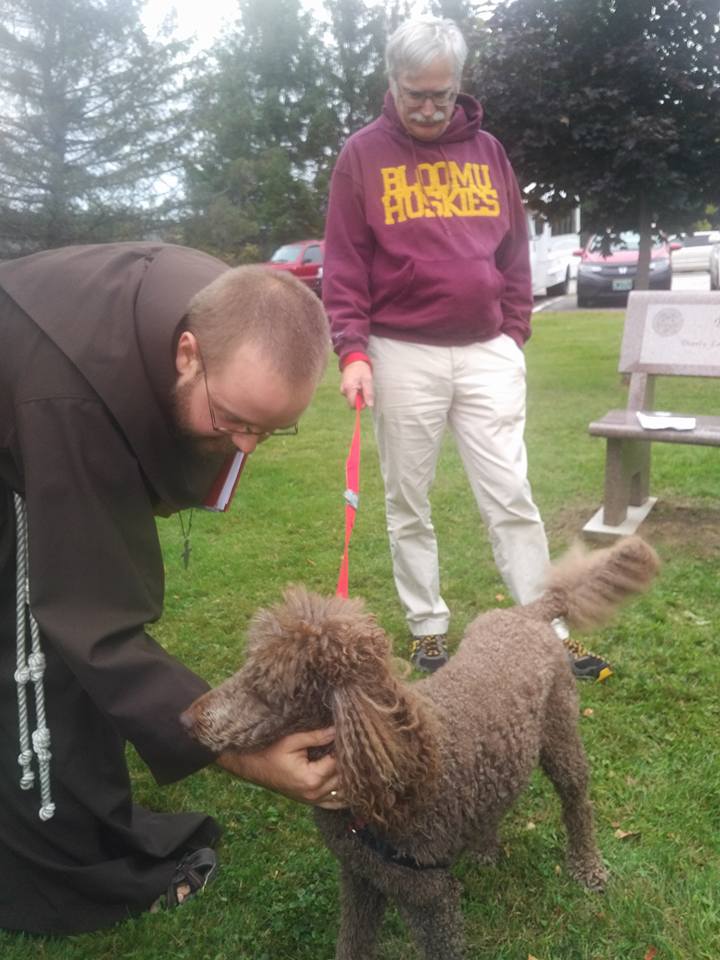
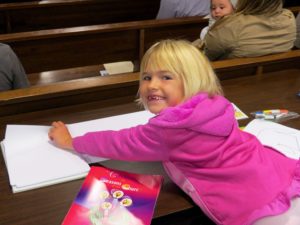 This summer we took out a couple of pews in the back of church, long wooden benches that are designed for fifty minute sitting sessions. We replaced the pews with coloring tables. They were an immediate hit. No signs were needed as to why the tables were there. Their presence just said WELCOME to a certain segment of the communion of saints.
This summer we took out a couple of pews in the back of church, long wooden benches that are designed for fifty minute sitting sessions. We replaced the pews with coloring tables. They were an immediate hit. No signs were needed as to why the tables were there. Their presence just said WELCOME to a certain segment of the communion of saints.